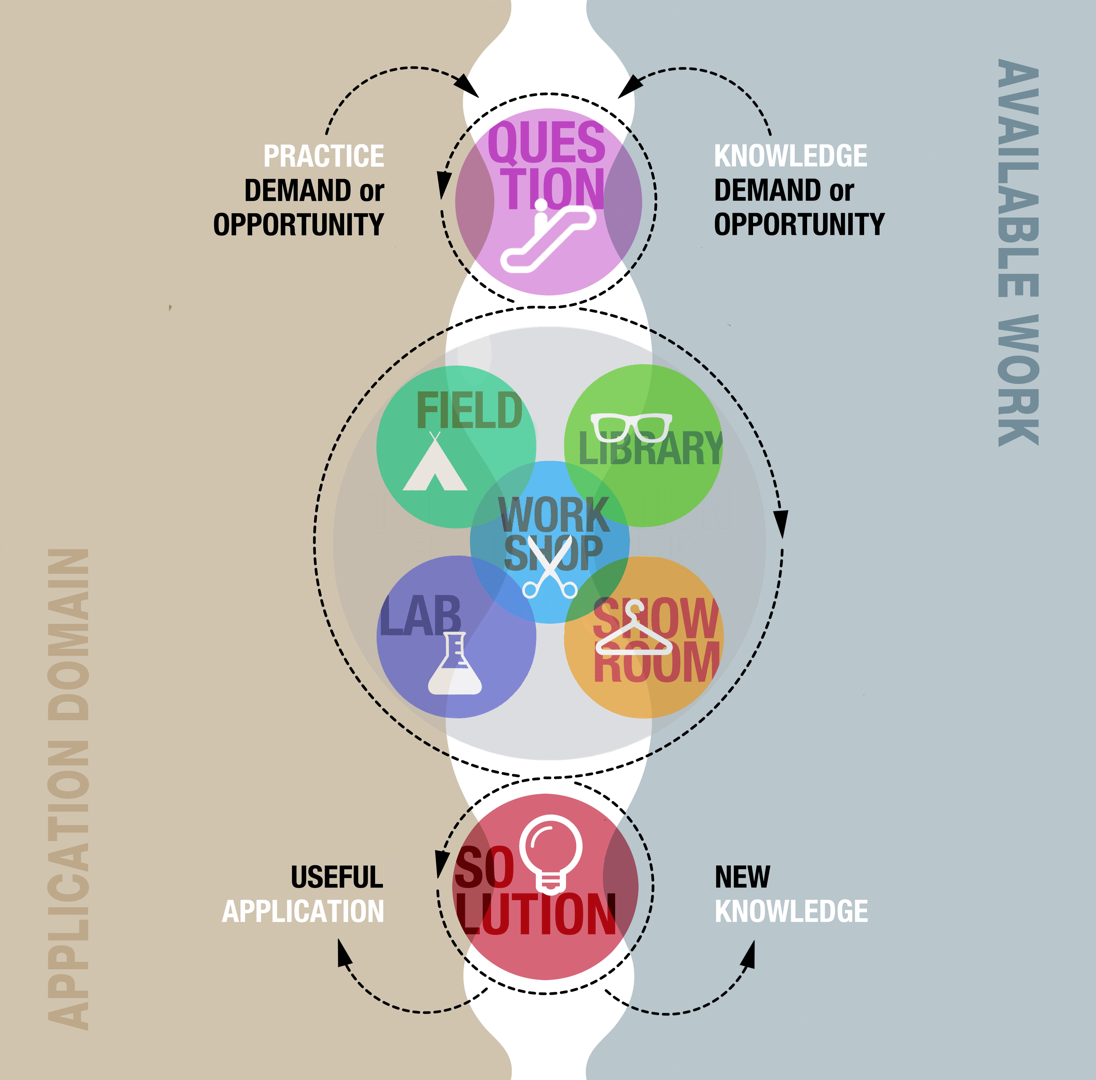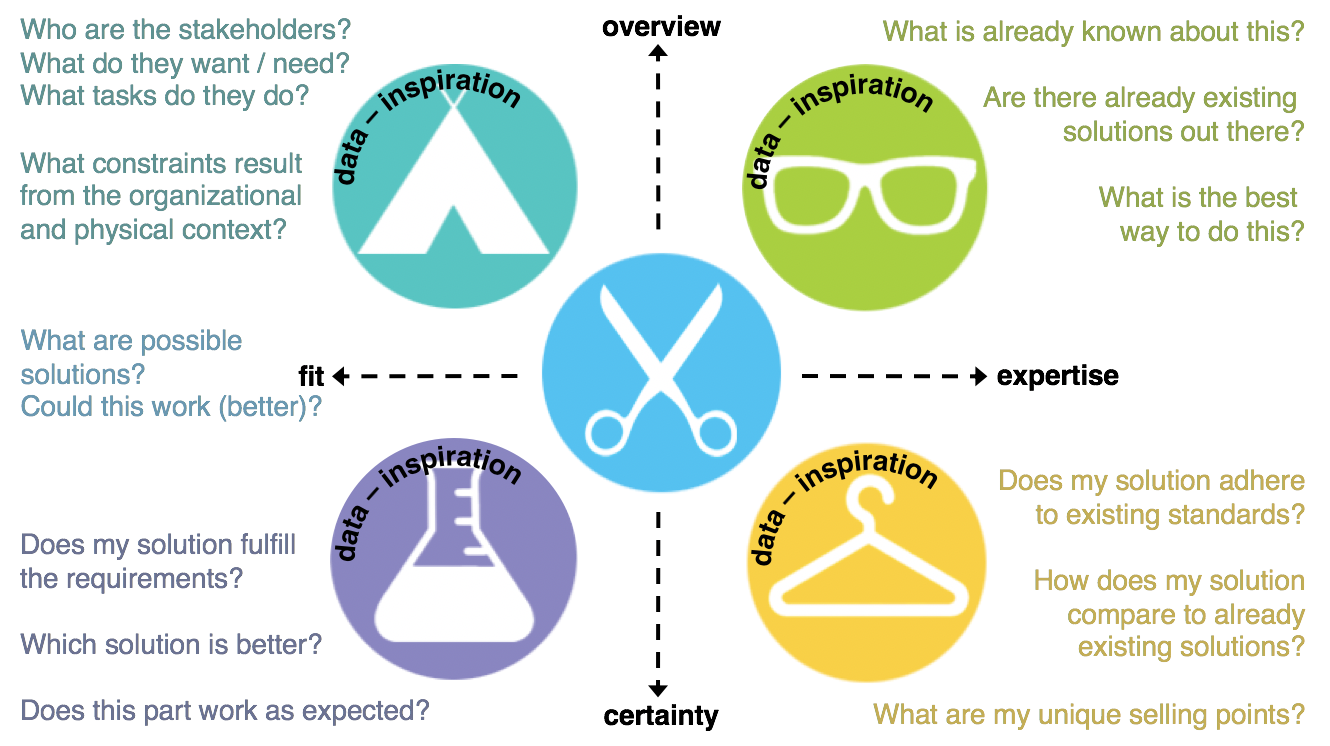Het arrangement Asking research questions is gemaakt met Wikiwijs van Kennisnet. Wikiwijs is hét onderwijsplatform waar je leermiddelen zoekt, maakt en deelt.
- Auteur
- Laatst gewijzigd
- 17-09-2018 09:30:30
- Licentie
-
Dit lesmateriaal is gepubliceerd onder de Creative Commons Naamsvermelding 4.0 Internationale licentie. Dit houdt in dat je onder de voorwaarde van naamsvermelding vrij bent om:
- het werk te delen - te kopiëren, te verspreiden en door te geven via elk medium of bestandsformaat
- het werk te bewerken - te remixen, te veranderen en afgeleide werken te maken
- voor alle doeleinden, inclusief commerciële doeleinden.
Meer informatie over de CC Naamsvermelding 4.0 Internationale licentie.
Aanvullende informatie over dit lesmateriaal
Van dit lesmateriaal is de volgende aanvullende informatie beschikbaar:
- Toelichting
- Je hebt altijd informatie nodig voor het bedenken en realiseren van goede ICT oplossingen, maar soms is het lastig te bedenken wat voor informatie je dan concreet nodig hebt. Deze bouwsteen geeft je wat handvatten voor het bedenken en formuleren van onderzoeksvragen. Dit is een HBO-ICT bouwsteen voor Onderzoek in Onderwijs.
- Eindgebruiker
- leerling/student
- Moeilijkheidsgraad
- gemiddeld
- Trefwoorden
- bouwsteen, building block, hbo ict oio, onderzoek, onderzoekend vermogen, onderzoeksvragen, research, research questions
Gebruikte Wikiwijs Arrangementen
hbo-ict open-oio. (2018).
Onderzoeksvragen stellen



